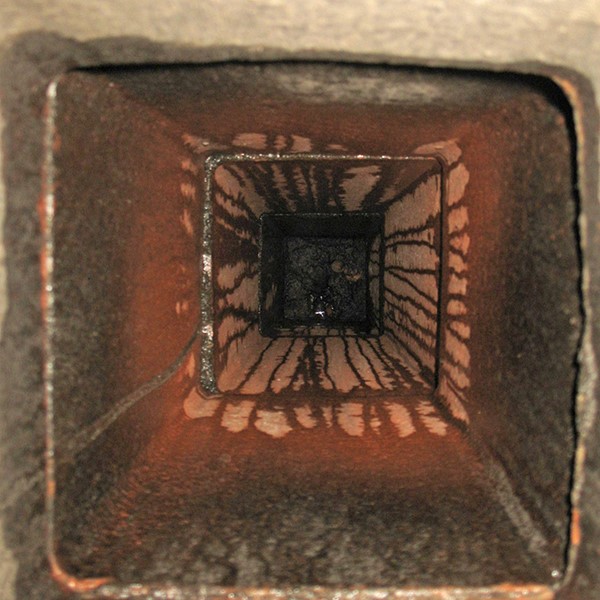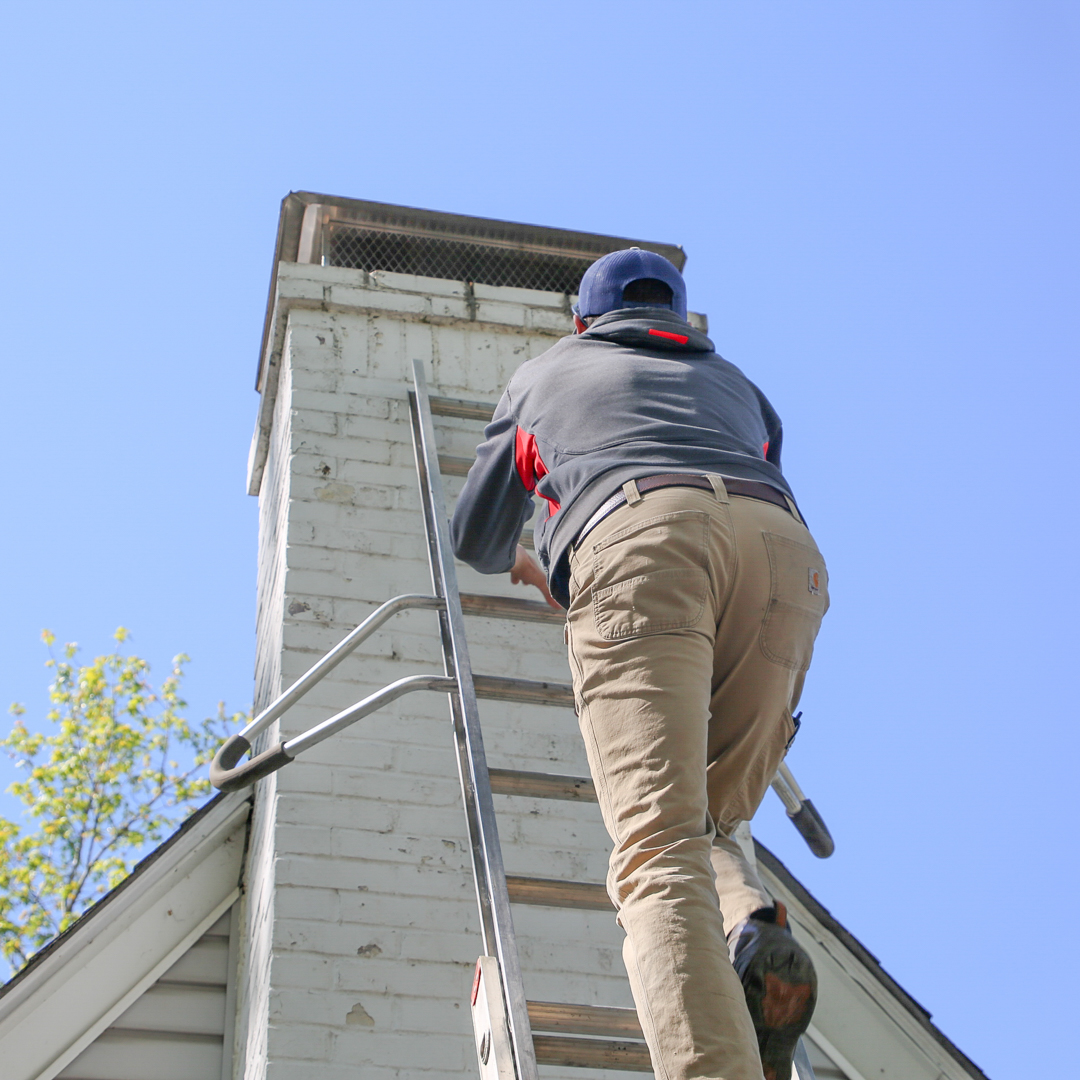Reasons For A Leaking Chimney
Did you know a 15-foot-tall masonry chimney can contain as many as 1,000 bricks? In addition to the bricks and mortar, over a dozen components make up the structure, from the chimney cap down to the foundation. As the chimney ages, normal wear and tear, combined with exposure to the elements, can lead to cracks in its structure. These issues can create multiple entry points for leaks to develop.
A leaking chimney isn’t always easy to detect, but it can result in significant damage, including mold and mildew growth, pest infestations, rust, and spalling. In severe cases, a leak can cause the chimney to lean or even collapse. In this article, we will explore the most common reasons for a leaking chimney in the Greater Pittsburgh area.
 It’s Raining In the Firebox
It’s Raining In the Firebox
A broken or missing chimney cap can allow rain and snow to drip into the firebox. Signs include water pooling in the firebox, dampness around the chimney base, or even rust on the damper. Fixing the leak may be as simple as replacing the chimney cap.
Water Stains On The Ceiling
The sheet metal flashing seals the gap in the critical intersection where the chimney meets the roofline. It must be installed in a specific manner to prevent failure. The flashing can deteriorate, crack, or become loose, allowing water to seep in behind the bricks. Improper installation can also cause a leaking chimney. Although it may not be immediately evident, you might notice water stains on the ceiling or walls near the chimney, indicating a potential flashing problem.
The Chimney Has a Cracked Crown
A cracked crown is another common reason for a leaking chimney. The crown is the concrete surface at the top of your chimney. It has a slop and drip edge to direct water away from the chimney. However, cracking due to frequent rain or ice, foundation shifting, seismic activity, or even lightning can damage the crown. Water can seep into the bricks when the crown has cracks or other damage. Crumbling mortar, rust streaks, or water stains on the chimney’s exterior can signify a potential crown leak.
Battle of the Bricks
Even the sturdiest brick chimneys will begin to crack under pressure. The continuous exposure to years of freezing and thawing can cause cracks in the brick and mortar. As these cracks worsen, the mortar decays, and the bricks flake, crumble, and spall. The growing masonry damage allows water to enter the structure, causing a leaking chimney and potential structural problems. You might even notice loose bricks or pieces on the ground as a telltale sign of a leaking chimney.
Flue Liner Is Failing
The flue liner protects the masonry walls from the corrosive effects of combustion. Cracks or deterioration in the liner can allow water to seep through, causing leaks and potentially even smoke and toxic carbon monoxide exhaust to leak into your living space. In addition to causing a leaking chimney, it increases the fire risk.
 We Can Fix Your Leaking Chimney
We Can Fix Your Leaking Chimney
Leaks can cause extensive damage, from mold and mildew growth to structural issues. So, if you suspect a leaking chimney, the certified chimney professionals at Advance Chimney Sweeps are experts in leak detection and repair. We’re southwestern Pennsylvania’s most trusted fireplace experts since 1996. We serve Cheswick, Cranberry Township, Jeannette, Scott Township, and communities throughout Greater Pittsburgh and north-central West Virginia. Contact us today to schedule an appointment. Ask about our financing options.







